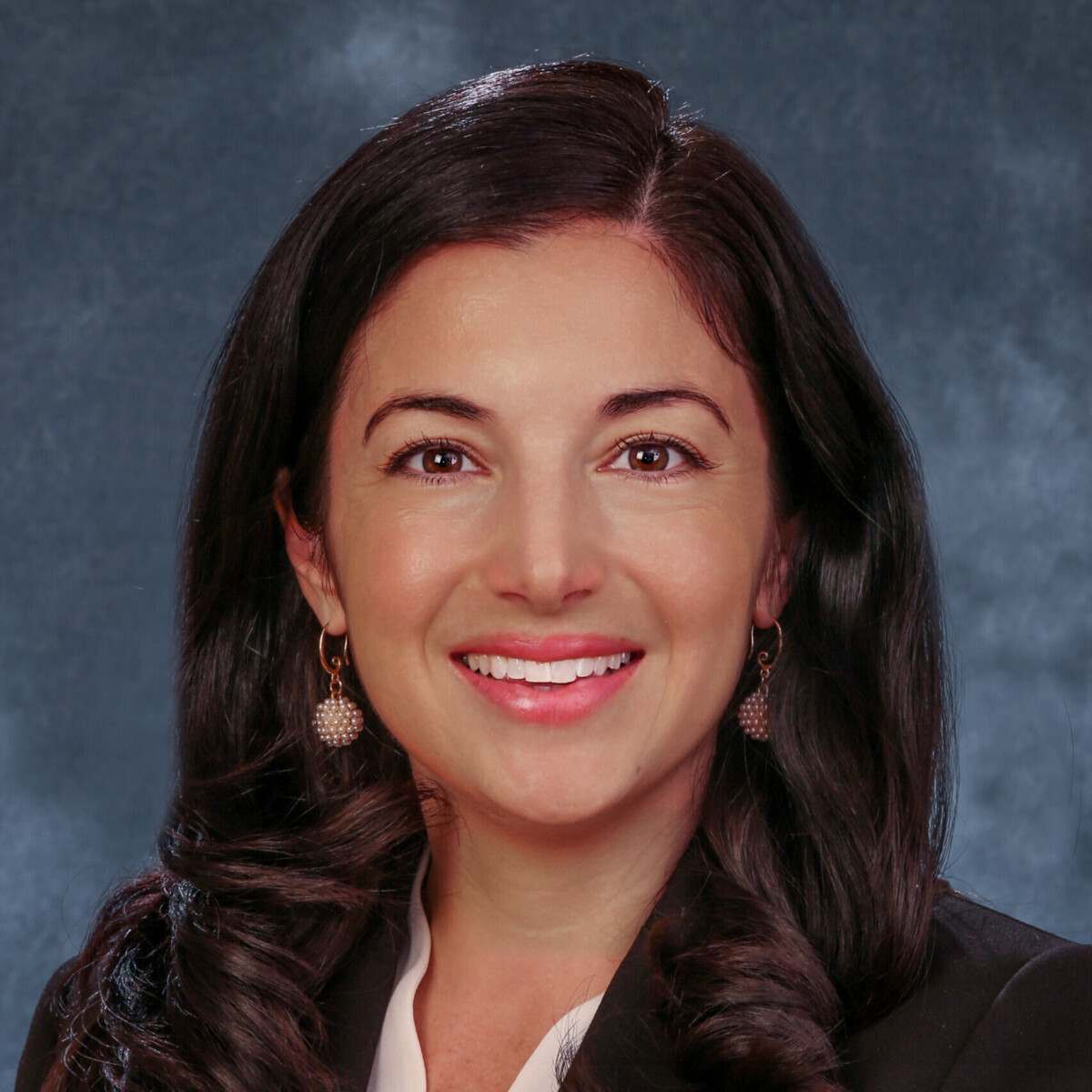Gen Z Is Ready to Join Your Junior Board of Directors

“Wait. We’re still figuring out (and struggling with) simply how to work with Gen Z. Now you want us to invite them on our boards?”
Short answer: Yes! (Well, sort of.)
First, please stick with me for a short personal anecdote.
I’m an elder (40-year-old) millennial. My close circle includes two younger cousins, both members of Generation Z.
Jacquelyn, 26, lives in the DC metro area, is a CRNA, and leads a team of 40+ nurses. She recently finished a dual master’s degree in health and business administration.
Jillian, 25, lives in the NYC metro area and is a CPA at a large accounting firm. The firm is paying for her to travel every 4–to–6 weeks as part of a training program to become a top sales rep.
Both are animal lovers, world travelers, and Swifties. Like many Gen Zers, they’re concerned about social justice. Unlike most Gen Zers, they have a healthy amount of disposable income.
One said to me recently, “I’d love to get involved in a good cause, but I have no idea where to begin.”
If the idea of welcoming this cause-minded but still developing age group to serve in a board capacity boggles your mind, answer these questions:
- Have you considered the vast (decades-long) giving potential of Gen Z, like my cousins who have recently launched into the workplace?
- Have you considered how to engage a younger cadre in your organization’s mission?
- Have you considered who will be on your board five, 10, 15+ years from now?
Let’s Get the Terminology Right: Who Is Gen Z?
According to USAFacts.org, Gen Z is the generation born in the 15-year span from 1997 to 2012. In 2024, they will turn between 12 and 27 years old. This is the newest generation to gain influence in the world. They are joining the workforce. They are starting families. Older Gen Zers would likely have voted in 2020; some might have voted in the 2016 elections.
As a group, they’re generous and committed, especially with their time and energy. Notably, according to Gen Z at the Table, Blackbaud Institute’s comprehensive report:
- 84% of Gen Zers support causes in some way
- One-third of Gen Z donors say they plan to increase their giving this year
- Preferred top methods of support are via social media, advocacy, merch, and donating goods, followed by direct donation to organizations
Discretionary income is the initial biggest barrier to Gen Z giving. Although not ready or able yet to make a monetary donation, many 20-somethings are eager to support your cause through advocacy, social influence, and volunteering. For a nonprofit organization, these non-revenue resources can be incredibly valuable over the lifetime of a Gen Z supporter.
The Key Benefits of Engaging Gen Z
Like each generation before it, Gen Z has its own generalized attributes, some of which have the potential to add immense value to your mission-driven organization.
- Inherent desire to give back. According to Blackbaud Institute’s Gen Z at the Table, Gen Zers believe that “promoting causes or volunteering can make the most impact.”
- Tech expertise + reliance on technology. This is the first generation that never knew life before smartphones. They lean on these devices for EVERYTHING. How can your organization benefit from this? Can you afford not to have a tech-savvy board?
- Longest term giving potential. Let’s say I connect Jillian with an awesome animal welfare organization where she feels rewarded (maybe she volunteers for a few hours), then perhaps she signs up for a nominal recurring donation. This now becomes a huge opportunity for that organization to build upon. The Jillians of the world should not fall off our radar anymore.
Gen Z and Your Strategic Planning
Before suggesting you adapt your board development strategy to include Gen Z, I first want to encourage an overall “alignment check” as it relates to your organization’s strategic plan. It is the ability to prioritize ongoing, consistent engagement that leads to success across the board (pun intended).
In board development, I often find a few minor course corrections can make all the difference:
- Recruit smarter not harder. Have you considered a board composition matrix to identify your board’s strengths as well as gaps in skills and representation?
- Start with a self-assessment. This can be a gentle tactic to remind your board members of their intentions when serving and your organization’s specific needs.
- Evaluate your roles and responsibilities document. Is it current? Do you reference it regularly?
- Build a culture of belonging. When we feel part of a team, we show up. When we feel like we belong, we remain committed. Most of us have adopted this approach for our employees and it’s just as powerful for board members, volunteers, and advocates—of any age.
- Leverage board member’s strengths. Ensure each board member is treated as an individual and given the opportunity to utilize their unique abilities. This approach enhances your organization’s success while empowering your top advocates.
Planning Your Board Engagement Pipeline
If you’re thinking, “Gen Zers are not quite ready to serve on my board of directors,” you make a fair point. Board work is serious business and most in this age group would not be experienced enough for the challenge. Today. However, if you put on your strategic planning hat and think longer term, you might find that laying the groundwork for Gen Z now can make all the difference for your organization’s brand recognition, credibility, and impact down the road.
Depending on your organization, its history, goals, and capacity, you have a few possible pipelines to consider for Gen Z supporters.
- Junior Board: Sometimes affectionately known as the “baby board” or Young Professionals Board, formalizing this pathway like United Way or Girls Inc. can pay off. Typically, junior board members personally donate. They raise awareness of the mission while they gain leadership skills by planning and attending events and engaging with the board of directors.
- Youth Advisory Board: An advisory board allows for a less structured option to keep ties with younger prospective donors on an episodic basis.
- Events Committee (ad hoc): A fun event can often be the perfect introduction to your mission and leadership. The low-hanging fruit segment for this are individuals who served on their university’s student government.
- Social Sharer: Gen Z is all about Instagram, Snapchat, TikTok and likely other platforms we haven’t even heard of yet! If your mission, digital marketing expertise, and capacity lends itself to this sort of content creation and remarketing, consider more intentional outreach to this population.
A Gen Zer himself, Ray Mohler Jr., board member and CEO of the Little St. Nick Foundation, has firsthand knowledge of Gen Z taking action for a cause. He started the organization as a six-year-old. Today, chapters nationwide provide care packages to more than 300 hospitalized children every day.
“My advice to other nonprofits to connect with Gen Z audiences is to be engaging. This audience is very interested in joining a cause, whether it is physically volunteering or just following social media posts. An example of this is when our organization hosted a giveaway on Instagram that engaged a lot of Gen Zers to follow our Instagram page in order to enter.”
Regardless of which pipeline or structure you consider, establish how your junior board will differ from/enhance the work of your board of directors. You need a straightforward role description or landing page to set expectations.
Meet Gen Z Where They Are (Without Straining Capacity)
You might be wondering, “Who is going to execute on this work?” And then maybe you’re touching your nose to indicate, “Not it!”
Here’s the good news: If done strategically, you can easily weave Gen Z into your existing board development, partnerships, and marketing efforts over time. Is there an opportunity to adapt your marketing and fundraising strategies to tap into this population (or at least be mindful to not exclude them from your efforts)?
Here are a few first steps to consider:
- Scan your existing partnerships. Are you already working with colleges or youth organizations, for example, where there’s an opportunity to connect in an authentic way? Can you task your current board members to nominate a Gen Z professional they feel would be an ideal fit? If the young professional is nominated, they will approach the position with dedication and seriousness.
- Pick your pipeline. Consider which pathway could make sense for your organization given your mission as well as the dynamics of your leadership team and board.
- Be sure to use a board portal. Younger members expect an intuitive platform and mobile app where they have easy access to their governance information.
- Don’t discount the old-school approach. Most board members have a young person in their lives who they’d love to introduce to their charitable work. This sort of “intergenerational mixer” leads to great possibilities, networking, connecting, and overall engagement.
Your Takeaways
Approached correctly, Gen Z can become current and future influencers to benefit your organization in three important ways.
- Today’s Gen Zers are tomorrow’s leaders. Cracking the code on how to get them engaged enables you to identify culture carriers who can sustain your mission going forward.
- Today’s $10 donor is tomorrow’s $_______ donor. Nurturing Gen Z today to support your organization financially—even in a small way—will help establish a culture of giving that’s likely to continue and grow.
- Today’s awareness is tomorrow’s social movement. Gen Zers are aware of more social missions and good causes than any prior generation. Differentiate your organization now to ensure its staying power. As they launch careers and families, their time and resources will be limited. Forward-thinking nonprofits are already strategizing methods of grabbing and keeping their attention.
Creating a junior board might not be feasible for every nonprofit organization. But if you can get Gen Z behind your mission, with their skills, networking, and willingness to take action, they can help you change the world.
